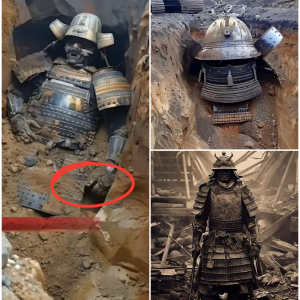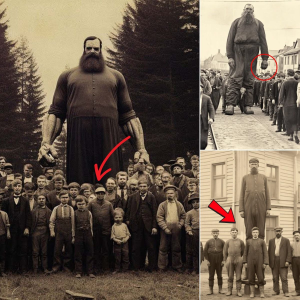A 2016 study found that a black carbon-based material found aboard the luxurious, 7th-century ship, buried at a site called Sutton Hoo in England, is bitumen – an organic, petroleum-based asphalt that is found only in the Middle East.
The Anglo-Saxon ship buried in honor of a 7th-century monarch carried the rare, tar-like material. The ship’s burial mound, along with other burial mounds, were found approximately 80 years ago near the Deben river in today’s Great Britain.

The study which indicated the discovery provided further evidence of important artifacts being transported over long distances in early medieval periods before ending at the burial site.
However, at Sutton Hoo, this Middle East bitumen product wasn’t the only proof of contact with the civilizations of many places- silverware from the Eastern Mediterranean, some Middle Eastern textile, and an Egyptian bowl were also found on the boat.
However, it’s quite unlikely that the Anglo-Saxon vessel discovered at Sutton Hoo ever sailed the waters of the Red Sea. Probably, the valuable items changed hands many times before reaching the shores of Eastern England, back then known as East Anglia.

At the time, this transnational association was most likely one of exchange, with items bartered or accepted as diplomatic endowments between high-ranking leaders or rulers, perhaps passing through many hands before arriving in the East Anglian Kingdom.
Sutton Hoo was first discovered in 1939. It was one of the most impressive ancient burial sites ever unearthed in England. The 90-foot long Anglo-Saxon vessel was only a portion of an enormous complex of 18 distinct burial mounds uncovered near modern-day Suffolk. The vessel was laden with luxurious riches, including jewelry of gold and garnet, coins, silverware, and armor.

The study researchers indicated that many scholars believed the ship was entombed to revere King Raedwald of East Anglia, who died in 624 or 625 AD. Archaeologists aren’t sure if the king’s body was buried on the ship. If it was, they think it must’ve been entirely consumed over the centuries, by the acidic soil.
Throughout the ship, archaeologists have found bits of the black substance rich in carbon, long thought to be Stockholm Tar or in modern terminology- ‘pine tar,’ a material used to waterproof ships. The boat itself showed signs of wear and tear and had probably sailed along shallow coastlines and on narrow rivers. For the actual burial ritual, the people most likely dragged the ship hundreds of feet inland from the Deben River.

The study came upon the new find while researching tar from several various ancient European shipwrecks. It referenced the original 1960s chemical analysis of the tar and realized diagnostic procedures had been significantly enhanced since that time.
The study included its analysis using a collection of newer tools and techniques. The report included separating the substance into layers, identifying its chemical makeup by using reflected light waves to measure the various versions of carbon with different quantities of neutrons in the substance.

The analysis hence yielded a surprise! The tar-like material on the Anglo-Saxon ship was actually bitumen originally from the Middle East. Although the study did not clearly indicate what it was used for, the bitumen could have been attached to some other object originally, such as wood or leather that had worn away over time.
There were captivating, though faint, circular lines on the surface of several of the bitumen fragments that could signify where something adhered to it, or possibly that the bitumen itself was shaped into an object. However, bitumen was also valued as a healing tonic, so even chunks of rough bitumen might have been perceived as valuable, Live Science reported.

Ship burials were quite common throughout Northern Europe for many centuries, although the Vikings were probably the most well-known people to have buried their high-ranking society members on ships.
Memorials were also built, indirectly honoring the seafaring culture. For example, as long as 3,000 years ago, people in the Baltics built memorials to honor their ocean-oriented lifestyle.





